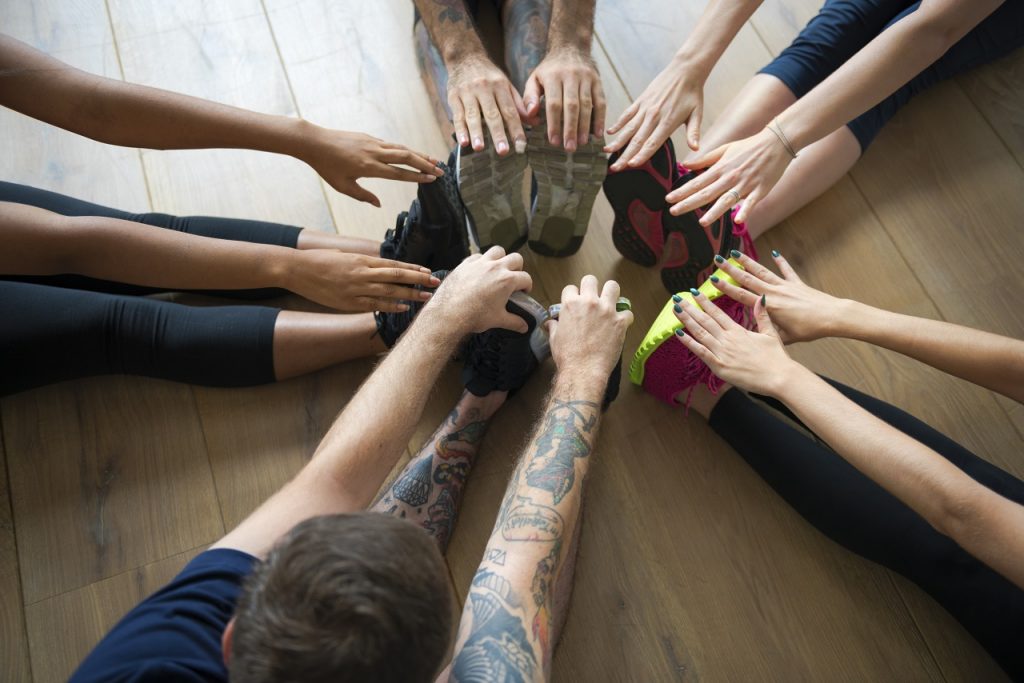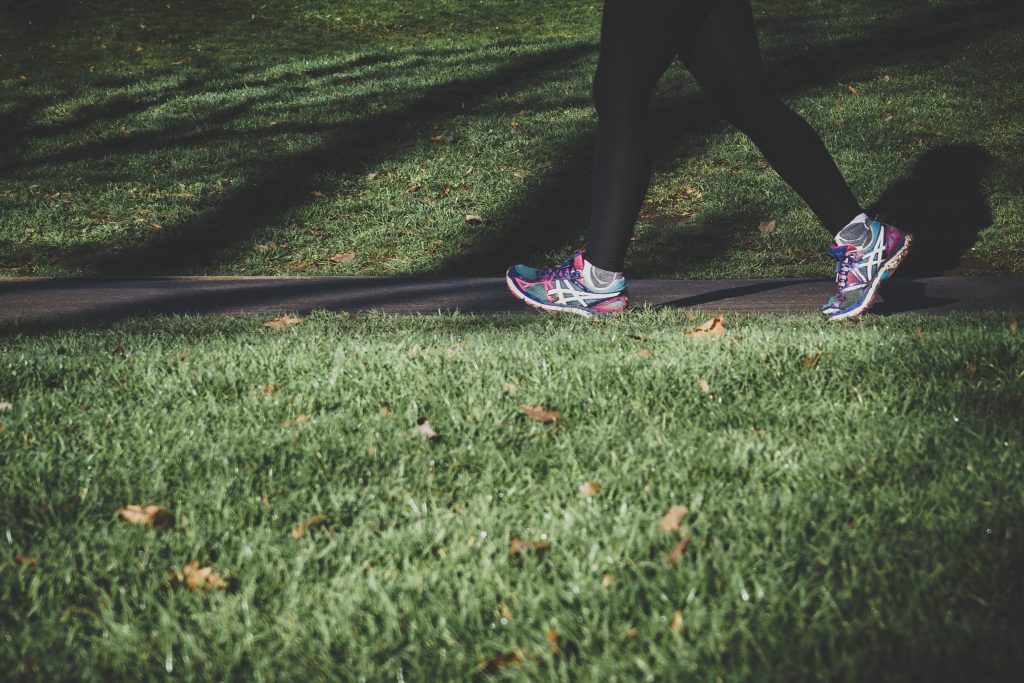 With most of us working from home and no options to go out to gyms/parks for our daily workouts, it can become challenging to stay motivated, to do regular workouts at home. No matter what your current situation, home is the best place to do a workout right now! If you are finding it difficult to set a routine, are not motivated enough, or don’t know how to keep yourself active, here some solutions to overcome the hurdles to home workouts!
With most of us working from home and no options to go out to gyms/parks for our daily workouts, it can become challenging to stay motivated, to do regular workouts at home. No matter what your current situation, home is the best place to do a workout right now! If you are finding it difficult to set a routine, are not motivated enough, or don’t know how to keep yourself active, here some solutions to overcome the hurdles to home workouts!
Solutions to Overcome Hurdles to Home Workouts
1. Lack of Time
How many times have you thought of working out and suddenly you realise you’re running out of time and you tend to skip it altogether? Most of us are under the impression we need to exercise for at least 60-90 minutes for it to be effective. But the truth is that we can get good results with workouts like HIIT (High Intensity Interval Training), even if you have 15 to 30 minutes with you. You exercise with your maximum effort for 15-20 minutes, and get better results than a moderate intensity workout that you would have done for twice as long! You’ll build a leaner, stronger physique, and your routines will always feel fresh.
It’s always better to know your schedule for the day and squeeze workouts based on that schedule. If you have online meetings/ conference calls, lined up for the day, do a workout early in the morning or late evening. If you couldn’t do that, you could probably eat lunch while you work and utilize the lunch time to do a sprint workout or HIIT session in your living room.
2. Lack of Equipment/Heavy Weights
Most of us who are used to working out at the gym do not find it fulfilling or don’t get the “kick” when not able to lift the heavy gym machinery or weights. To our surprise, you can get comparable results if you can use your own body weight correctly as we do in Yoga, pilates or simple exercises like push ups, pull ups, lunges, etc. Alternatively, if you have a set of resistance bands or even a set of water bottles, it can be effectively used for weight training as well. Use your treadmill, Static cycle or resort to spot jogging/ running, skipping etc , for your cardio workout.
3. Lack of Motivation
It is very natural to lose motivation and this can become one of your biggest hurdles to home workouts. There are days you just don’t feel like it, you’re either too tired, too bored or just want to relax. If this is happening too regularly, you need to work on developing your – Instigation Habit! These are simple habits or cues that give signals to the body that it is time for a workout. For eg- ringing of the alarm, getting into workout attire, placing your mat on the floor, etc. Stick to a fixed schedule for a few days (Monday to Friday), either first thing in the morning or in the evening and by the end of the third week, your body will automatically crave to get into action and this will keep you motivated.
It is important to keep changing your style of workout. Doing the same workout over and over becomes boring and stale for your mind and muscles. Not only do you lose motivation, you may not get the desired results as well. So look for variety, watch and follow online classes, there are so many options available, these days. Don’t forget to reward yourself from time to time but avoid indulging too much.
4. Too Many Distractions at Home
There are so many more distractions at home than there are in a gym or an outdoor environment. You’re constantly being tempted to watch television and if you start a series, you will not realise where the time has flown. You may even have to check your emails, finish household chores and all this leaves you with no energy and time to do a workout. Here is when you ought to be disciplined and exercise some self control. Do not start your day with checking your phone and switching on the TV. It’s always better to complete your workout first thing in the morning. But if you are really obsessed, you can put on your favourite show and do a cardio workout or complete a bodyweight circuit during that time. And if you have a treadmill or a stationary bike, no excuse to sit down and watch TV, keep moving on the machine!
5. Lack of Knowledge
When you train randomly, you get random results. Set a goal and work towards achieving it and if you are not too sure, seek professional advice from a fitness expert, or watch online videos/ join classes and build a roadmap to your fitness journey. The lockdown has brought the entire world together and there is nothing that you cannot gain knowledge about, be it your workout routine – Setting a goal, planning, execution, type of workouts that interest you and will suit your fitness goal.
The hurdles we create for ourselves are often the most difficult to overcome. I hope this article helps you overcome your hurdles to home workouts and you will make full use of the time you have in hand to improve your fitness levels!
If you’re confused where and how to start, tune in to our fitness experts and join their LIVE sessions on GOQii Play. You can also read more about fitness on Healthy Reads.
Stay home, stay safe, get active and #BeTheForce
 Social distancing can be really hard and not being able to burn all those calories while lying around at home is just unfair. Many of us don’t have any exercise equipment at home, so it’s all the more difficult to get a good workout. Well, a great way to kill two birds with one stone is to turn your daily chores into workouts.
Social distancing can be really hard and not being able to burn all those calories while lying around at home is just unfair. Many of us don’t have any exercise equipment at home, so it’s all the more difficult to get a good workout. Well, a great way to kill two birds with one stone is to turn your daily chores into workouts.  Whether you’re a newbie or a veteran to the fitness world, working out with a lively group of like-minded people with similar goals can turn any heart-pounding, sweat dripping and running out of breath experience into an enjoyable activity!
Whether you’re a newbie or a veteran to the fitness world, working out with a lively group of like-minded people with similar goals can turn any heart-pounding, sweat dripping and running out of breath experience into an enjoyable activity!



